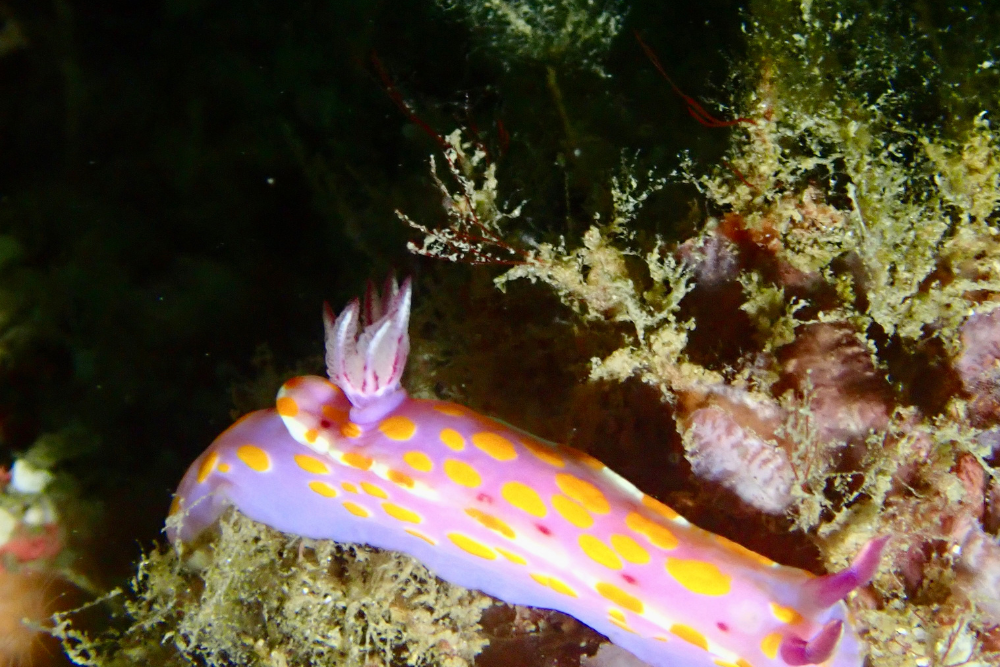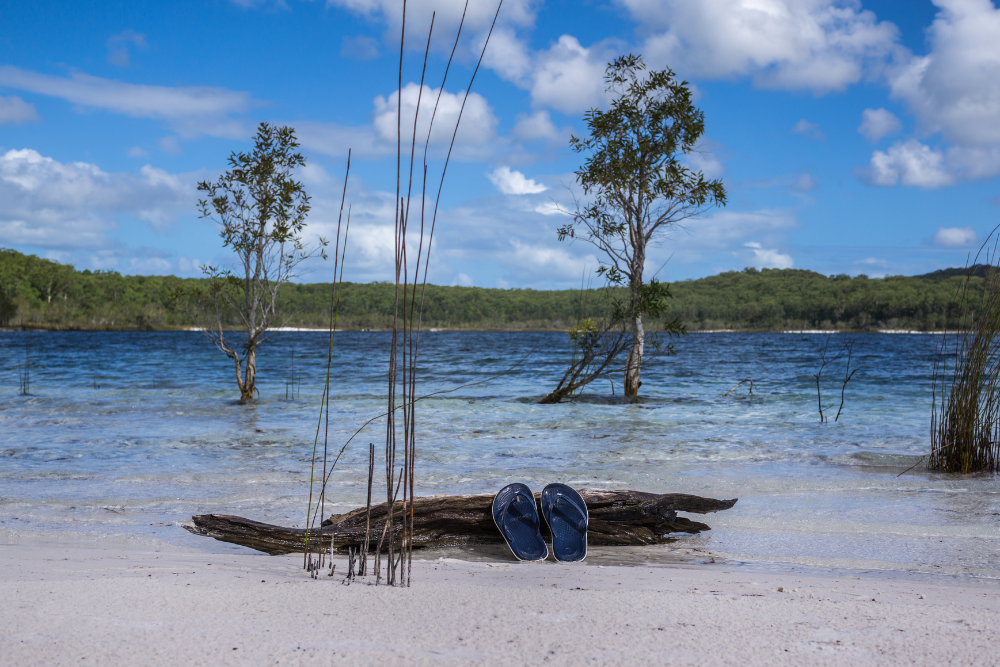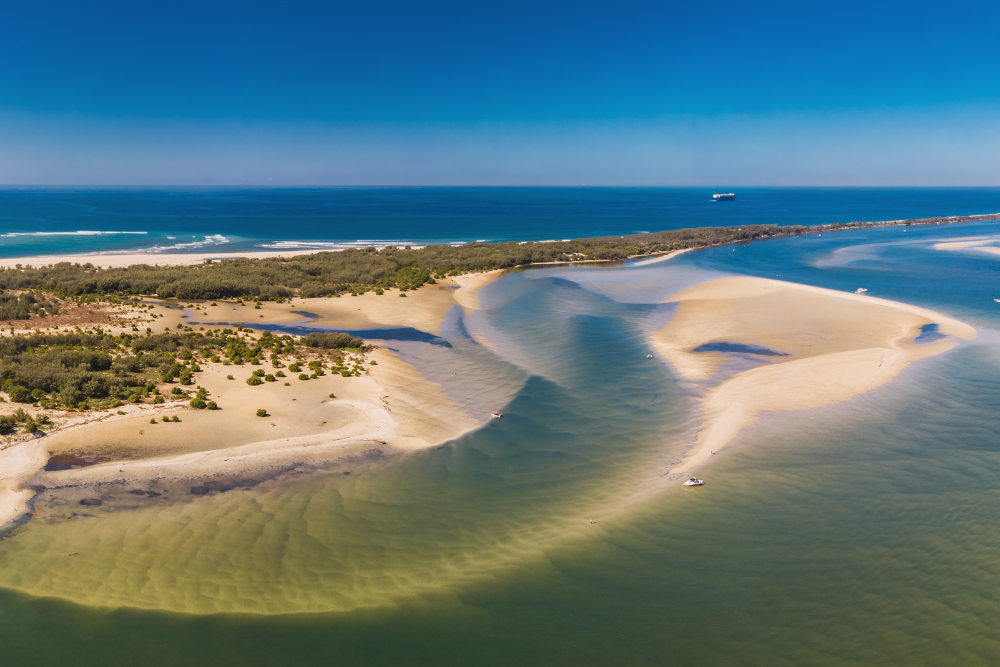Australia, with its diverse landscapes and unique ecosystems, is home to some of the most stunning natural phenomena on Earth. One such awe-inspiring spectacle is bioluminescence—the natural glow produced by certain organisms, including algae, fungi, and marine life. This glowing magic lights up Australia’s shores, lakes, and forests, creating otherworldly scenes that leave visitors in wonder.
Bioluminescence can be seen in various forms, from glowing bays and beaches to the flickering lights of fireflies and fungi in the forest. If you’re lucky enough to catch a glimpse of this mesmerizing light show, it’s an experience you’ll never forget. Here are the best places to see bioluminescence in Australia:
1. Jervis Bay – New South Wales
Jervis Bay, located on the south coast of New South Wales, is one of the most famous places in Australia to witness bioluminescence. The waters of the bay are home to a special type of bioluminescent plankton, which creates a breathtaking display of blue glow when disturbed by movement.
Why Visit?
- Glowing Water: During the warmer months (especially in summer), the bay comes alive with glowing plankton that can be seen when swimming, kayaking, or even walking along the shoreline.
- Perfect for Night-time Activities: Local operators offer bioluminescence tours where you can kayak through the glowing waters, making for an unforgettable experience.
- Accessibility: Jervis Bay is only a few hours’ drive from Sydney, making it an easy and accessible destination for those looking to see bioluminescence on Australia’s East Coast.
What to Expect:
The water around Jervis Bay glows a striking blue when disturbed, creating a magical scene, especially at night. The phenomenon is best viewed from late spring to early autumn.
2. Fraser Island – Queensland
Fraser Island (also known as K’gari) is another incredible location where bioluminescence can be observed, especially in the waters around the island. The island is the world’s largest sand island and is known for its crystal-clear lakes, sandy beaches, and lush rainforests. Here, you’ll find bioluminescent plankton that glow brilliantly in the night when stirred.
Why Visit?
- Pristine Beaches: Fraser Island’s secluded beaches are perfect for a peaceful night under the stars while experiencing the glowing waters of the coast.
- Marine Life: While swimming, you can see the waters light up with bioluminescent organisms, which is especially beautiful when the tide is coming in or during clear, calm nights.
- Unique Camping Experience: You can camp on Fraser Island, and at night, the beach can come alive with a mystical blue glow, creating a dreamlike setting.
What to Expect:
The glowing waters create a surreal atmosphere, particularly when you’re swimming or walking along the beach. The best time to experience this is during the warmer months when the water temperature is more conducive to plankton activity.
3. Lake McKenzie – Fraser Island, Queensland
Lake McKenzie, a freshwater lake located on Fraser Island, is another spot where bioluminescence can be found. The phenomenon here is more commonly seen in the water and along the edges of the lake, where the interaction of light and microscopic organisms creates a glowing effect.
Why Visit?
- Freshwater Bioluminescence: While not as commonly seen as bioluminescence in the ocean, the occurrence of bioluminescence in the lake’s crystal-clear waters is a special experience.
- Seclusion: Unlike the busy beaches, Lake McKenzie offers a more tranquil experience, where you can marvel at the stars and the glowing water without the crowds.
- Natural Beauty: The lake’s stunning white sand and blue water already offer a picturesque setting, which becomes even more magical at night when it glows.
What to Expect:
Expect a serene atmosphere and breathtaking views of the glowing water at the edges of Lake McKenzie, especially after dark. While the occurrence is less frequent than at the beaches, it’s still worth checking out for the uniqueness of the experience.
4. Pumicestone Passage – Queensland
Located between the mainland and Bribie Island, Pumicestone Passage is a shallow, sheltered bay along the Queensland coast where bioluminescence often occurs, particularly in the summer months. The waters are known to come alive with glowing plankton and other microorganisms, offering a magical experience for kayakers and boaters.
Why Visit?
- Ideal for Kayaking: This is one of the best spots for a bioluminescence kayaking experience, as the glow of the plankton is clearly visible when the water is disturbed.
- Secluded Area: The area is relatively quiet compared to some other bioluminescent locations in Australia, so you can enjoy the experience without too many people around.
- Night Tours: Local operators offer night tours to explore the glowing waters, giving you the opportunity to see the best of the bioluminescent phenomenon in a controlled and informative setting.
What to Expect:
A peaceful kayaking experience through glowing waters under the stars—Pumicestone Passage is one of the best-kept secrets in Queensland for bioluminescence.
5. Tasmanian Forests – Tasmania
In Tasmania, some of the island’s dense rainforests and waterways are home to bioluminescent fungi, which glow faintly in the dark. The phenomenon is usually seen on logs, tree trunks, and on the forest floor. The glow comes from the bioluminescent fungi that thrive in the cool, damp conditions of Tasmania’s rainforests.
Why Visit?
- Unique Bioluminescent Fungi: Unlike the marine bioluminescence seen on beaches, Tasmania offers a different type of glow in the form of glowing fungi.
- Eco Tours: Tasmania offers guided night walks through its rainforests, where you can learn about and experience the glow of the bioluminescent fungi in their natural habitat.
- Cool Temperatures: The cool and damp conditions of Tasmania’s rainforests provide the perfect environment for these fungi to thrive, making it an ideal location for nature lovers.
What to Expect:
As you walk through the forest at night, the soft glow of the fungi will light up your path. The experience is both mysterious and magical, providing a serene contrast to the often bustling world outside.
6. Shoal Bay – New South Wales
Shoal Bay, located near Port Stephens in New South Wales, is another prime location for spotting bioluminescent plankton. The bay is popular for swimming, kayaking, and sailing, but it also offers an ethereal glow at night when disturbed by movement.
Why Visit?
- Bioluminescent Water: The glow from the bioluminescent plankton in Shoal Bay is one of the most vibrant in the region, especially during calm nights when the water is disturbed.
- Activities: Kayaking and paddleboarding are popular activities here, and the glow of the water is most visible when these activities stir the plankton to life.
- Peaceful Setting: The relatively calm and sheltered waters of Shoal Bay offer a tranquil backdrop for a bioluminescent experience.
What to Expect:
A peaceful evening with the soft glow of bioluminescent organisms lighting up the water, ideal for a relaxing evening activity on the water.
7. Cape Le Grand National Park – Western Australia
The beaches of Cape Le Grand National Park in Western Australia are known for their stunning white sand and clear waters. Occasionally, the waters near the park’s beaches become home to bioluminescent plankton, creating a glowing effect that adds to the area’s already spectacular beauty.
Why Visit?
- Pristine Beaches: Cape Le Grand is famous for its crystal-clear waters and pristine beaches, making it a perfect spot for bioluminescence.
- Remote Location: As the park is relatively remote, you can experience the bioluminescence in a peaceful, undisturbed environment.
- Wildlife: The park is also home to kangaroos, emus, and many species of birds, which makes for an all-around incredible natural experience.
What to Expect:
Expect glowing waters under the stars, where the luminous plankton creates an ethereal, magical experience as you walk along the beach.
8. Kangaroo Island – South Australia
Kangaroo Island, one of Australia’s most famous wildlife destinations, is also home to bioluminescent phenomena. While the island is more well-known for its wildlife, its secluded beaches and clear waters also host bioluminescent plankton during certain times of the year.
Why Visit?
- Unspoiled Environment: Kangaroo Island’s natural beauty and isolated location make it an ideal place for experiencing bioluminescence without crowds.
- Nighttime Experiences: With so many pristine beaches on the island, it’s easy to find a quiet spot where the bioluminescence of the waters can be observed.
- Wildlife: While exploring the island, you may also spot kangaroos, koalas, and sea lions in their natural habitats.
What to Expect:
A peaceful night stroll along the beach with glowing waters lighting your way, combined with the sounds of nature and the chance to spot wildlife.
Conclusion
Australia’s bioluminescent displays offer some of the most enchanting and awe-inspiring natural phenomena in the world. Whether it’s the glowing plankton lighting up the shores of Jervis Bay or the glowing fungi in the forests of Tasmania, there’s something truly magical about witnessing bioluminescence in its natural setting. Whether you’re kayaking through glowing waters, walking along a glowing beach, or exploring illuminated forests, these bioluminescent experiences will leave you mesmerized by the wonders of nature.












